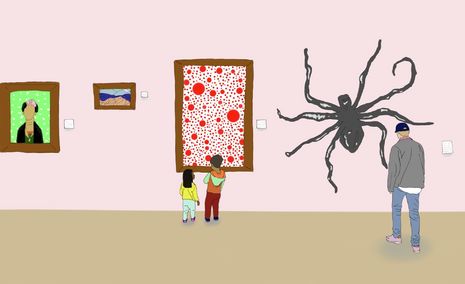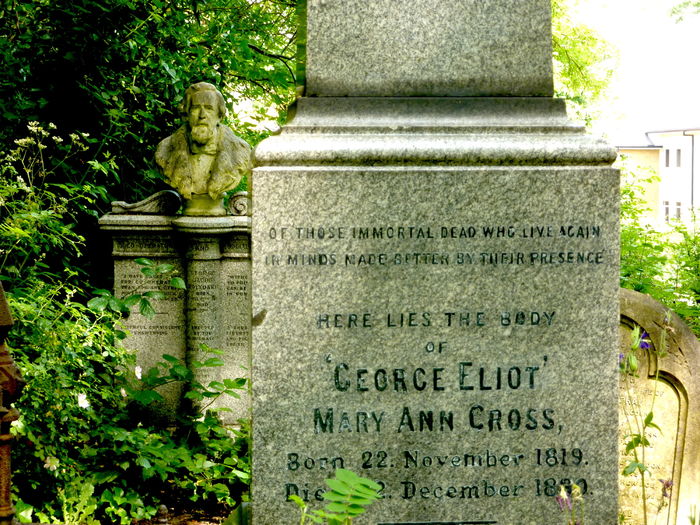A master by any other name
Inspired by a recent exhibition, Esmee Wright looks at the current representation of women artists

In August, The Scottish Gallery held an exhibition celebrating ‘Modern Masters Women’. It was intended to be one of their main draws for festival season in the capital, but Covid-19 led to a much reduced footfall. Unfortunately, by the time this article is published, it will no longer be possible to visit the exhibition in person. However, the joys of the internet mean that you can still access its accompanying publication, all 168 pages, here.
When creating the exhibition, managing director Christina Jansen felt it was important to continue the use of the word “Master” to describe the female artists she represents; this has been the source of no little debate in the art world. The term is primarily associated with the “Old Masters”, a loose grouping of artists like Giotto, Botticelli, Leonardo da Vinci, and others considered to be among ‘the best’ of those who worked between the renaissance and the 19th century. The term also gives its title to a fairly significant category of sales at both Sotheby’s and Christie’s. In recent years, Artemisia Gentileschi has joined the group of ‘Old Masters’ thanks to exhibitions at the National Gallery, but the club remains pretty exclusive. There are a few big names in the art world now: Tracy Emin, Frida Khalo, Louise Bourgeois. However, on the step below these superstars, being a woman in the art world remains a difficult job.
“Being an artist might be about making art, but being a successful artist means lodging one’s self in the public consciousness”
While things like the Turner Prize might be able to point to the number of female winners and runners-up in their competition in the last five years, a report by Dr Kate McMillan from 2018 shows that only 32% of artists represented by top London commercial galleries are women. While 66% of those applying to postgraduate studies in the creative arts are women, only 3% of highest grossing sales were by women. 54% percent of artists involved in public art projects in 2018 were female, and yet there was not an equivalent representation in sales by any means or manner. In a less London-centric example, The Scottish Gallery has also experienced this bias in the commercial art world directly: one of their paintings was returned when the buyer found out that it had not been painted by a man, but was in fact the work of a woman with a masculine-sounding nickname. For some reason, when money is involved, it just isn’t being given to women.
It is certainly true that when it comes to sales of historic art, works by women seem few and far between; this probably contributes to their lower sales rates. However, the auction business isn’t entirely so simple. In the weeks running up to the record-breaking sale of Jeff Koons’ shiny ‘Rabbit’, its metallic curves haunted the internet. It was frankly no surprise when, after such a goliath advertising campaign, he went on to break the record of the also-much-advertised David Hockney. Being an artist might be about making art, but being a successful artist means lodging one’s self in the public consciousness, something much easier with a billion-pound advertising strategy behind you.
Considering all of this, what does it mean to declare some women artists “masters”? Some people have recorded objections on the basis that “master” is already an innately masculine word, to say nothing of its links to slavery. There was a brief Twitter flurry not long ago over an article calling for the removal of the term “master” at every opportunity, due to its “uncomfortable combination of hierarchical, racial and sexist connotations”. While not everyone took it quite so far, there does remain a certain reticence about using a word that does, technically, have a female equivalent, when describing women artists. Jansen however, disagrees with this approach, saying she was very specific in her use of the word. For her, the word is “totally gender neutral.” In modern parlance, I do not think that it would be inaccurate to say that the verb “to master” is firmly gender neutral. One can be any gender and still master the piano or the pencil.
Jansen goes further than this however, pointing out that gender-neutral is how many female artists want to be seen. They don’t want to be included in “women-only” exhibitions; some artists do not want to be defined by their gender, or for their art to be used to “fill quotas”. And yet, as long as the art world remains so male-dominated, there is a need for such spaces to showcase the equal skill of women artists.
As the previous statistics show, while in public art women are (slowly) winning the battle for equal representation, when it comes to money there is a long way to go. Although some might laud the ideal of the artist starving away in a garret, it is not all it is chalked up to be. Art doesn’t just require inspiration, it requires resources, energy and time. None of which you have if you aren’t getting paid. Women absolutely can be Masters. What they cannot do is thrive in a system that is ranged against them, be it due to the bias of the customer or the gallery.
 News / Cambridge academics stand out in King’s 2026 Honours List2 January 2026
News / Cambridge academics stand out in King’s 2026 Honours List2 January 2026 Interviews / You don’t need to peak at Cambridge, says Robin Harding31 December 2025
Interviews / You don’t need to peak at Cambridge, says Robin Harding31 December 2025 News / AstraZeneca sues for £32 million over faulty construction at Cambridge Campus31 December 2025
News / AstraZeneca sues for £32 million over faulty construction at Cambridge Campus31 December 2025 Comment / Plastic pubs: the problem with Cambridge alehouses 5 January 2026
Comment / Plastic pubs: the problem with Cambridge alehouses 5 January 2026 News / Cambridge businesses concerned infrastructure delays will hurt growth5 January 2026
News / Cambridge businesses concerned infrastructure delays will hurt growth5 January 2026









